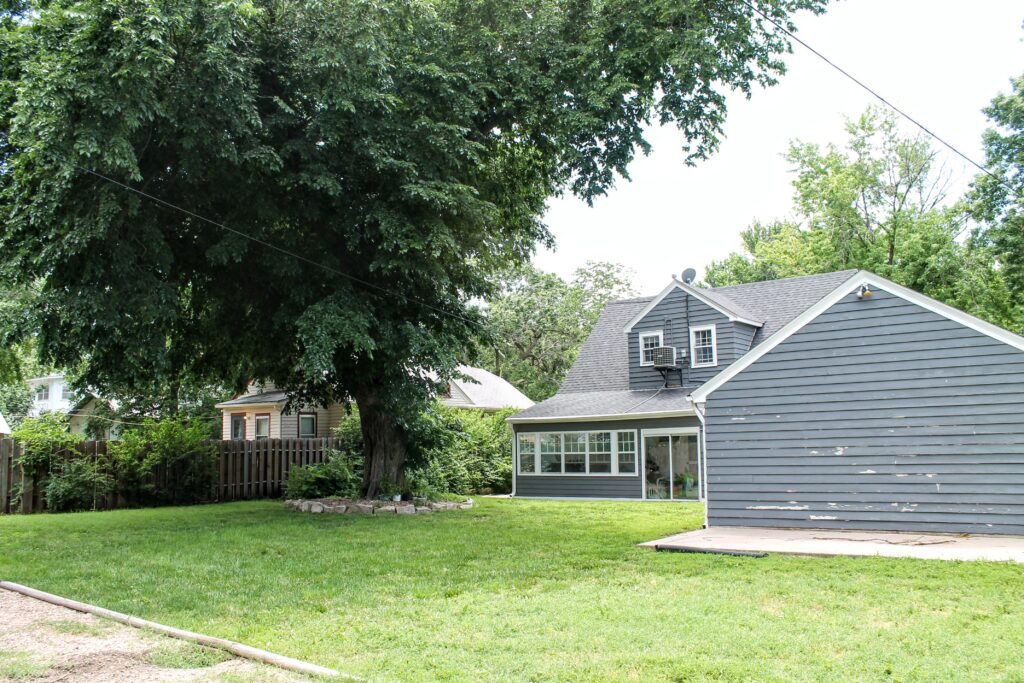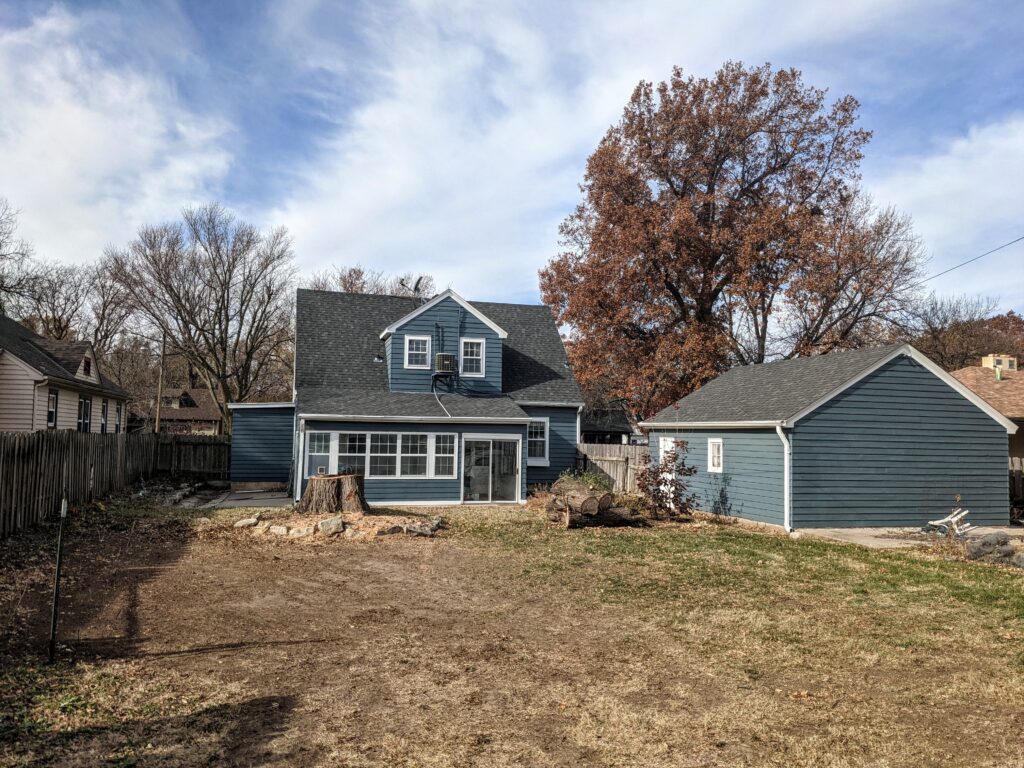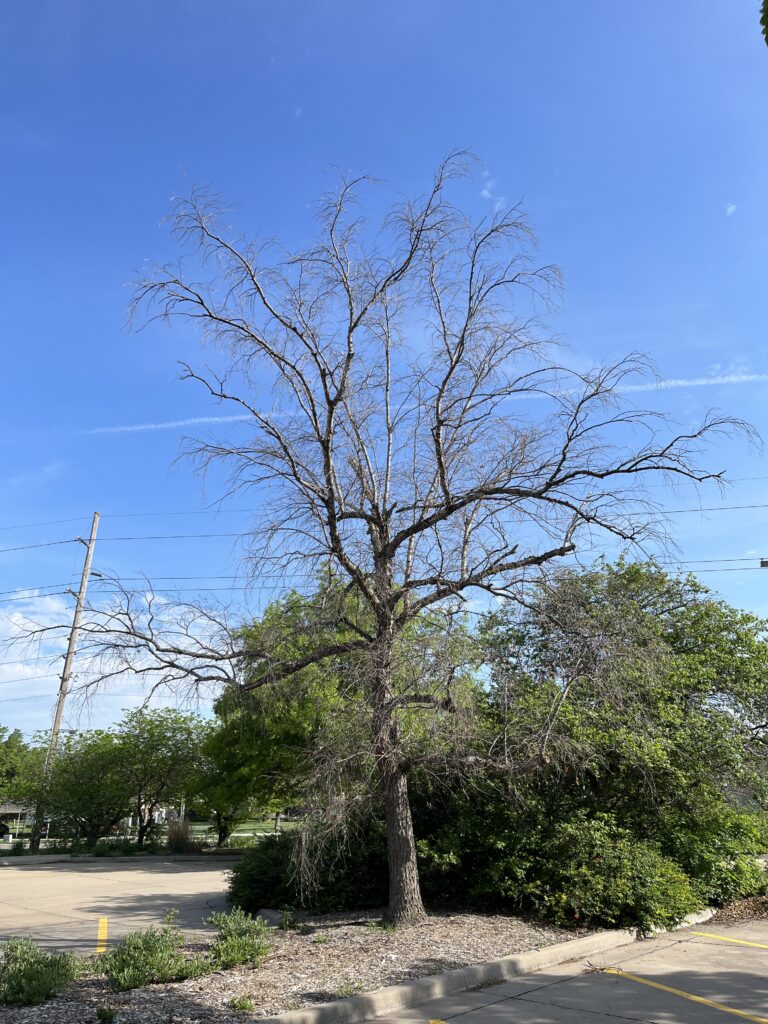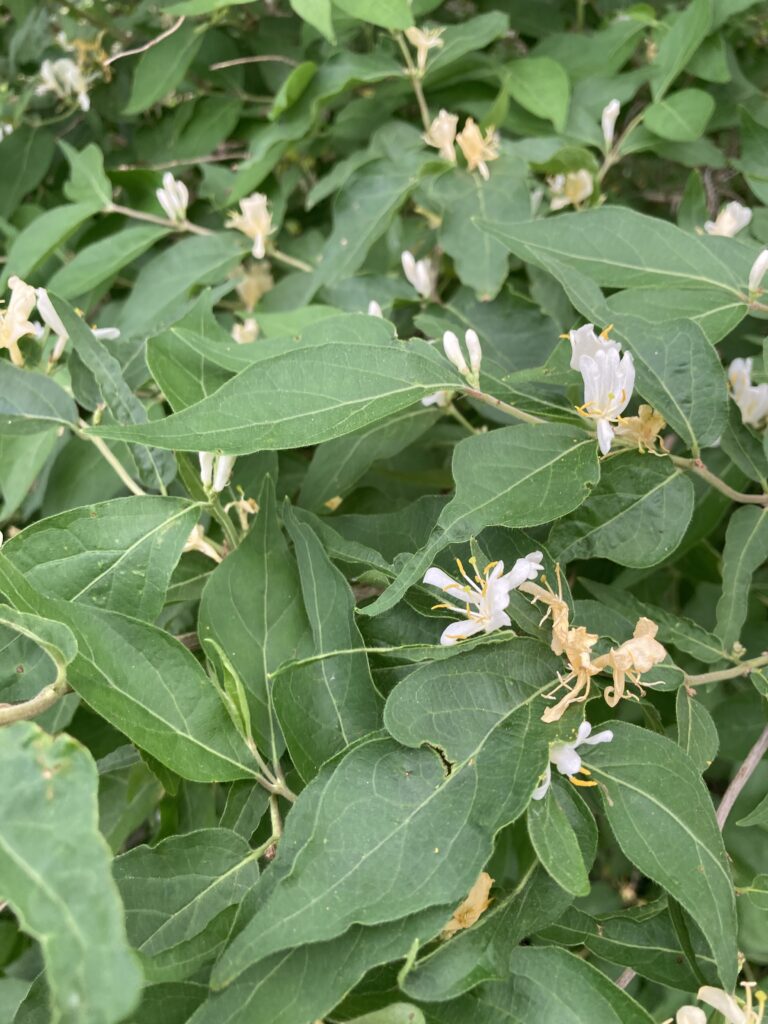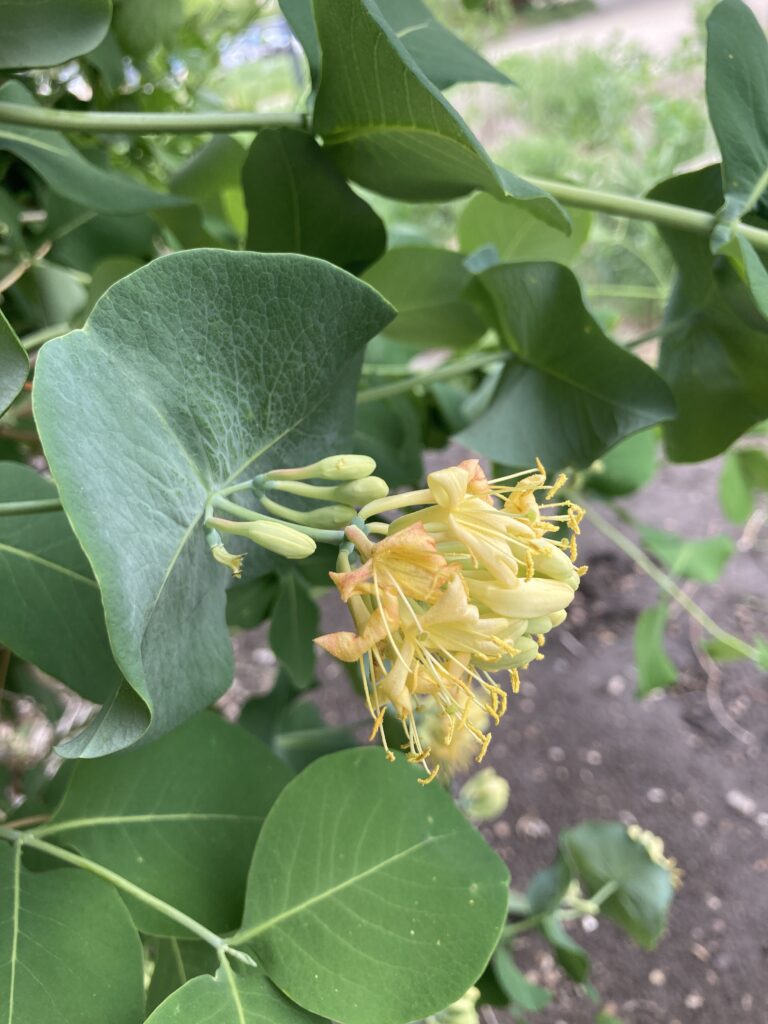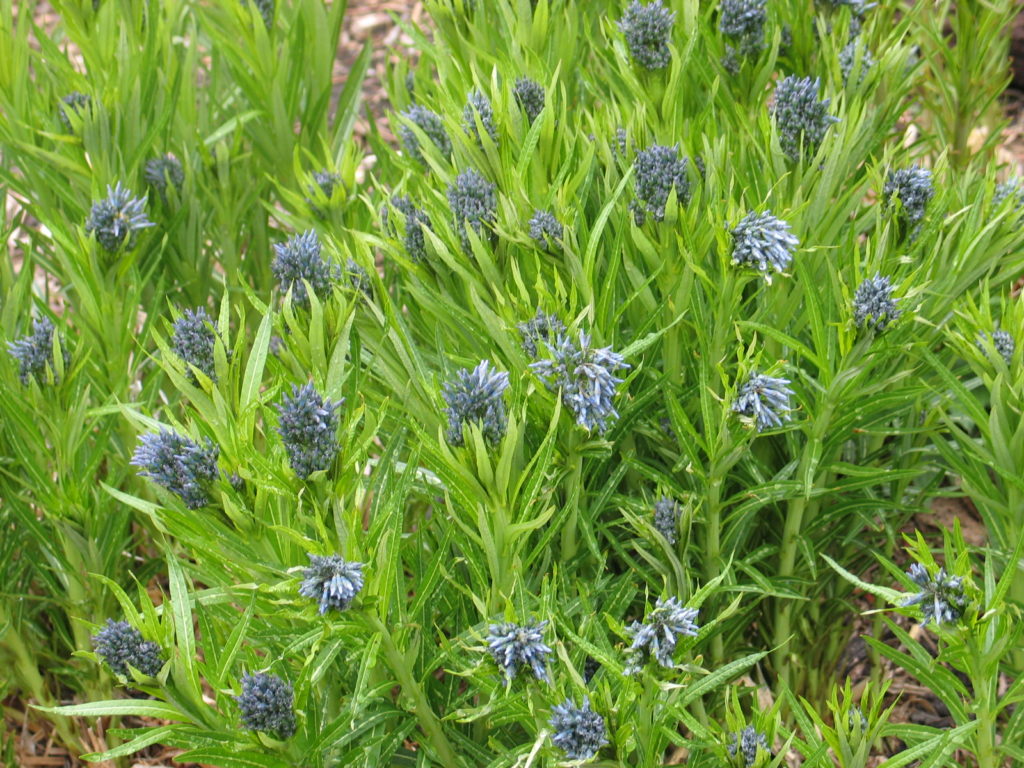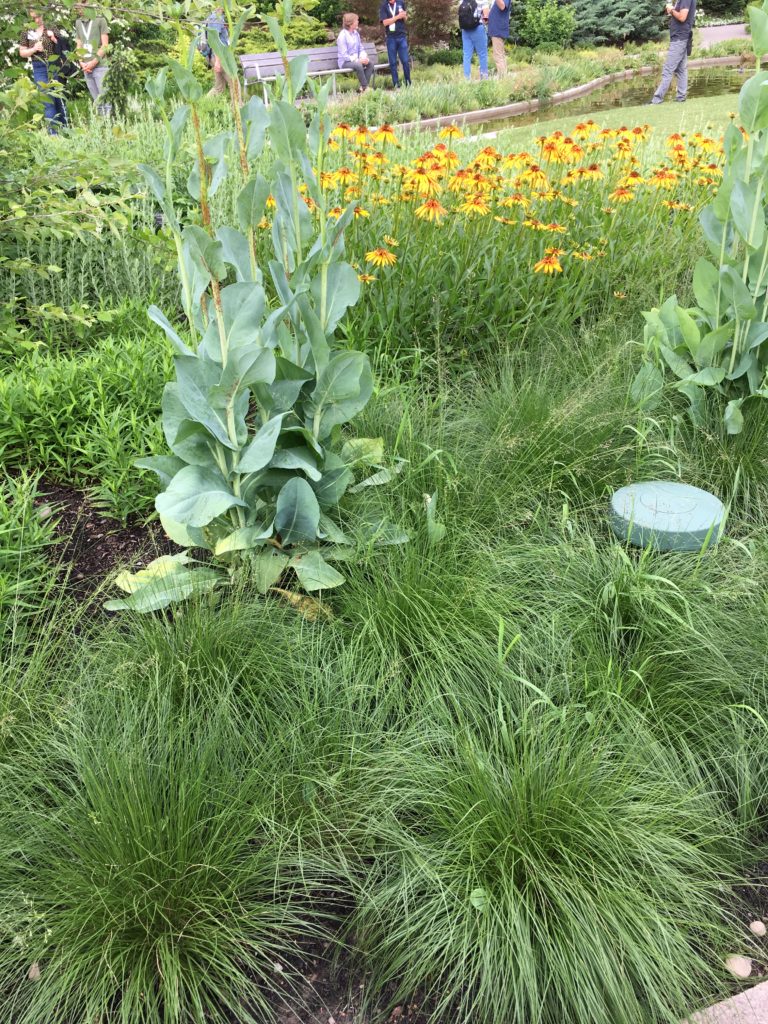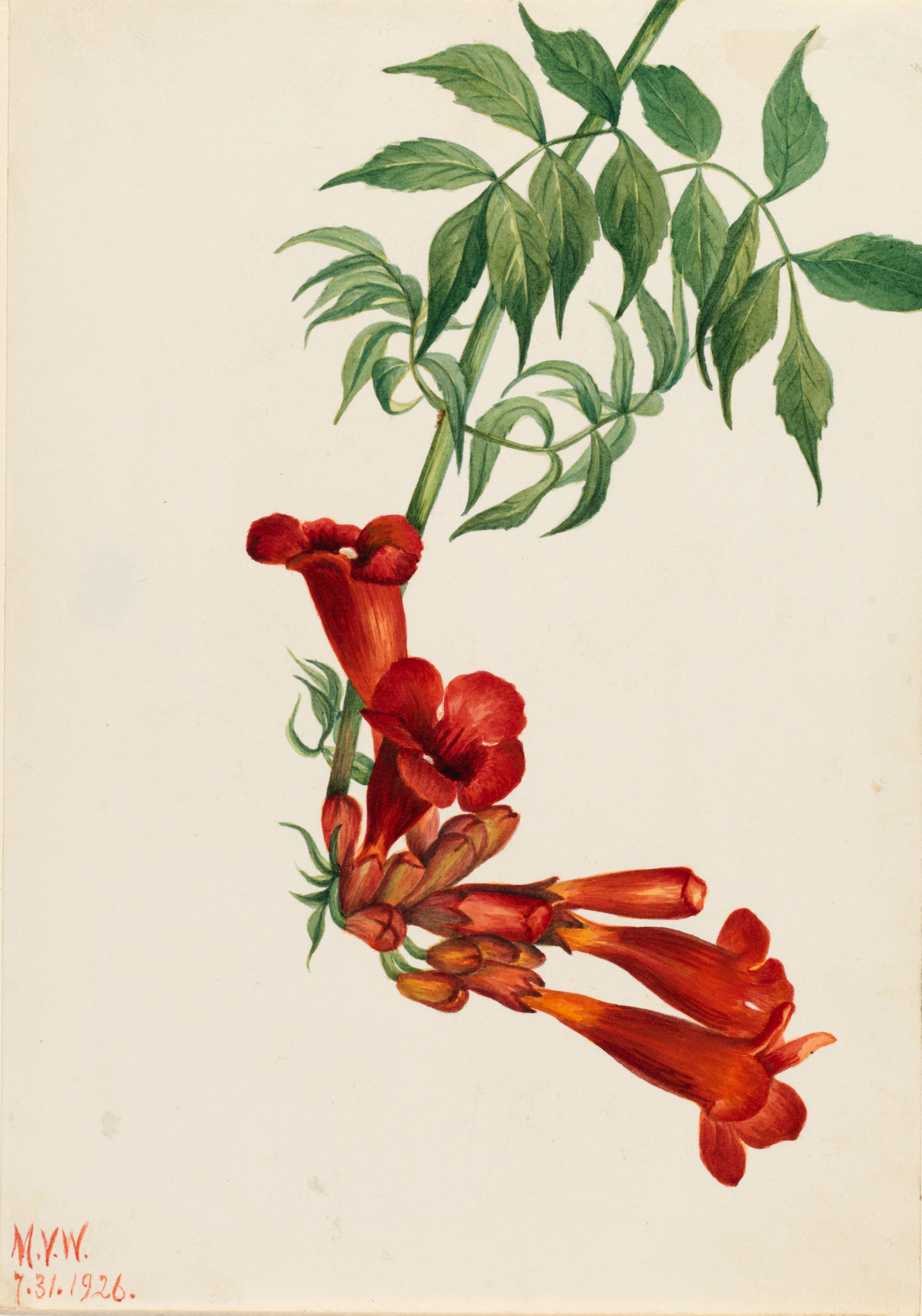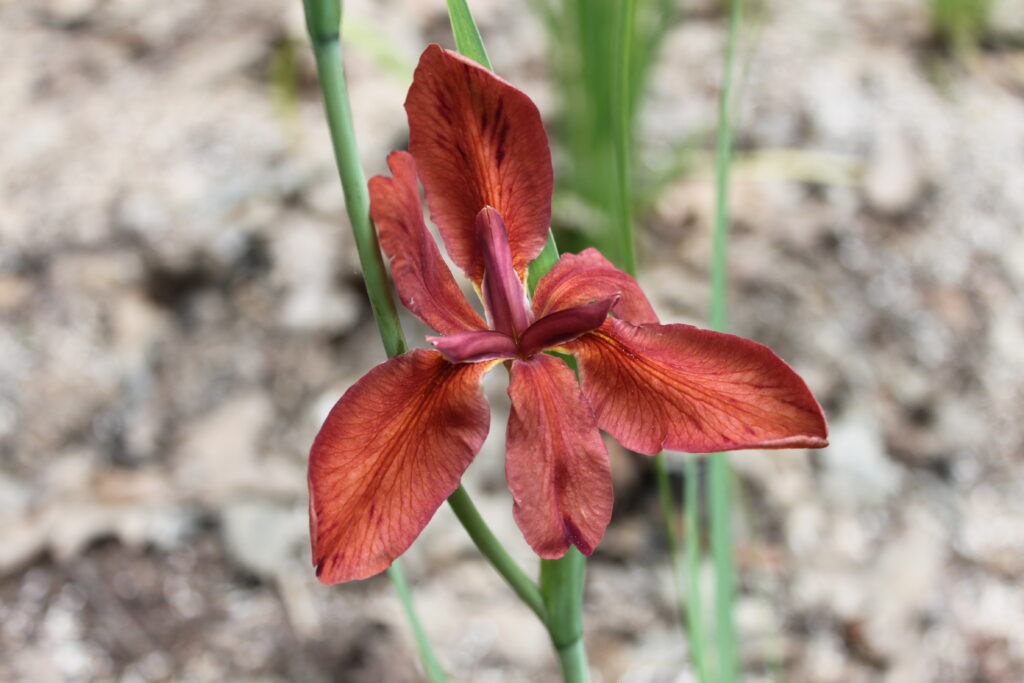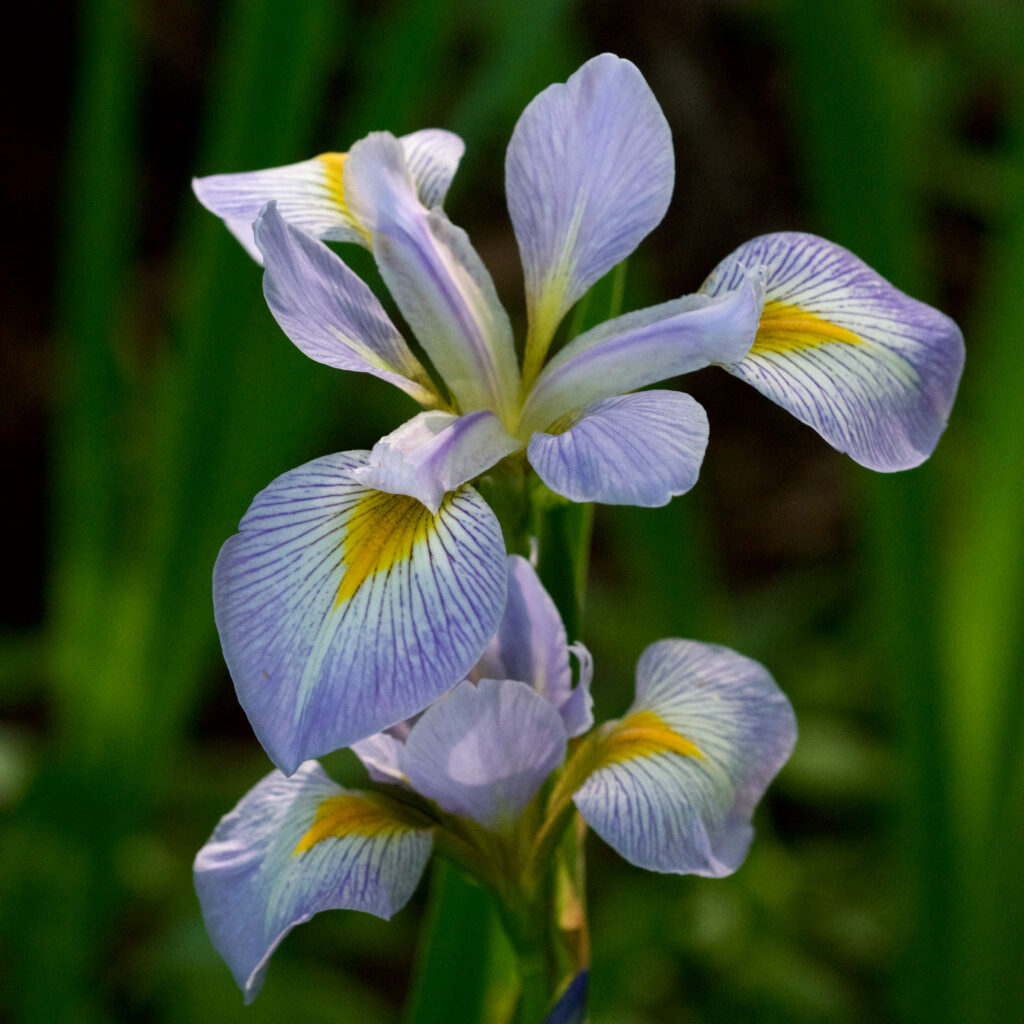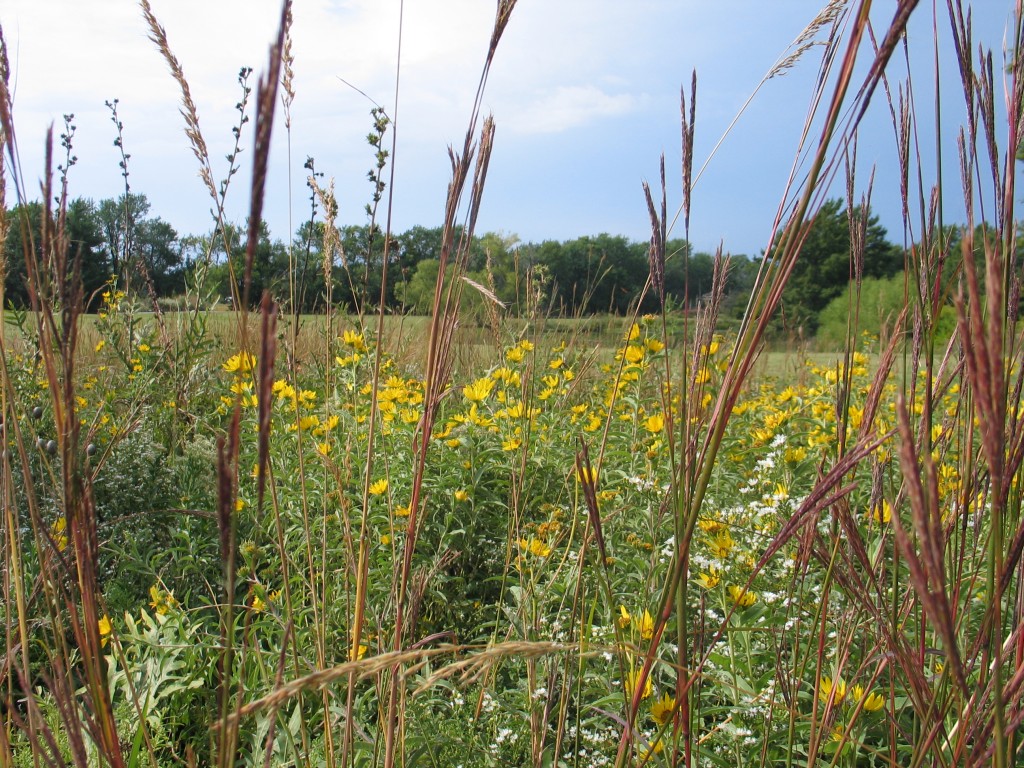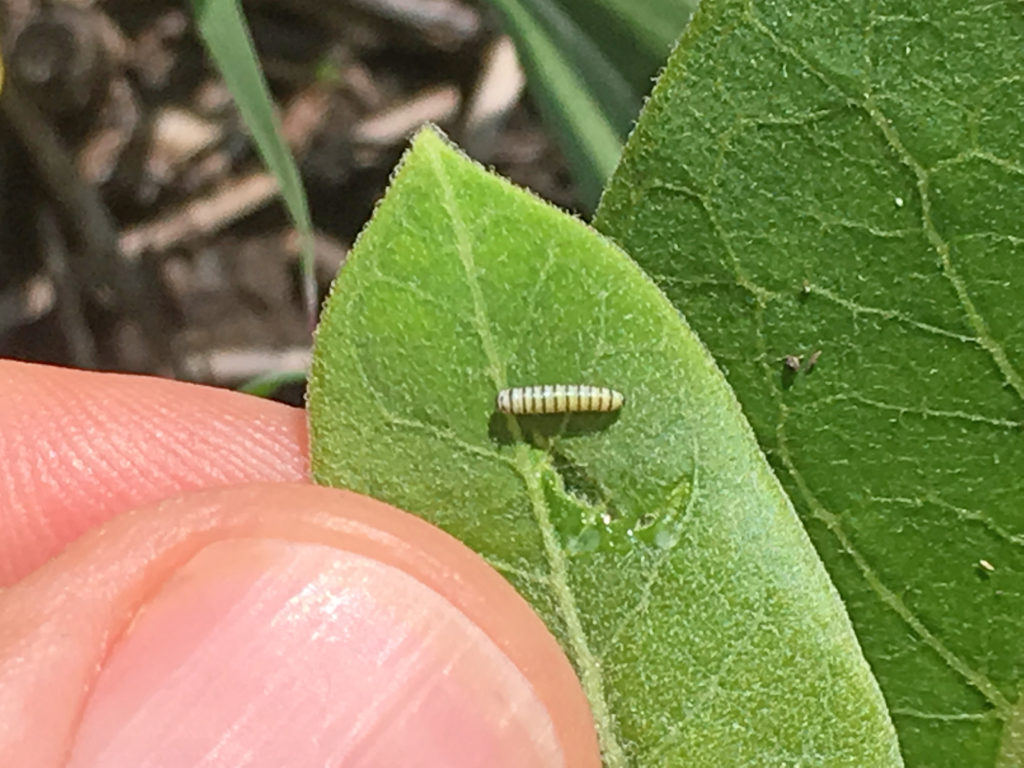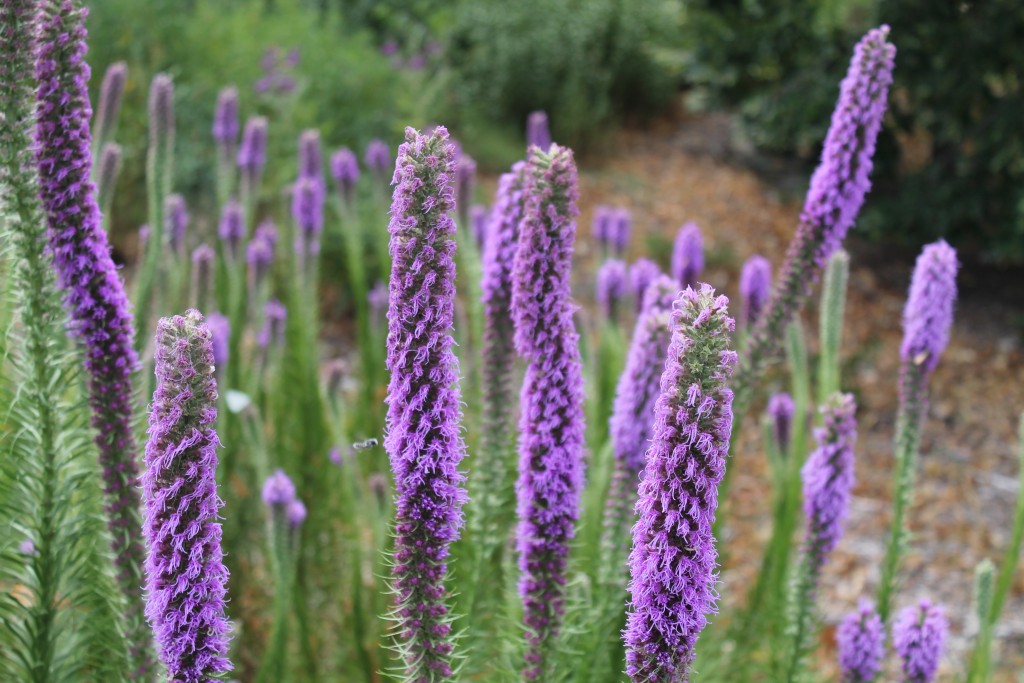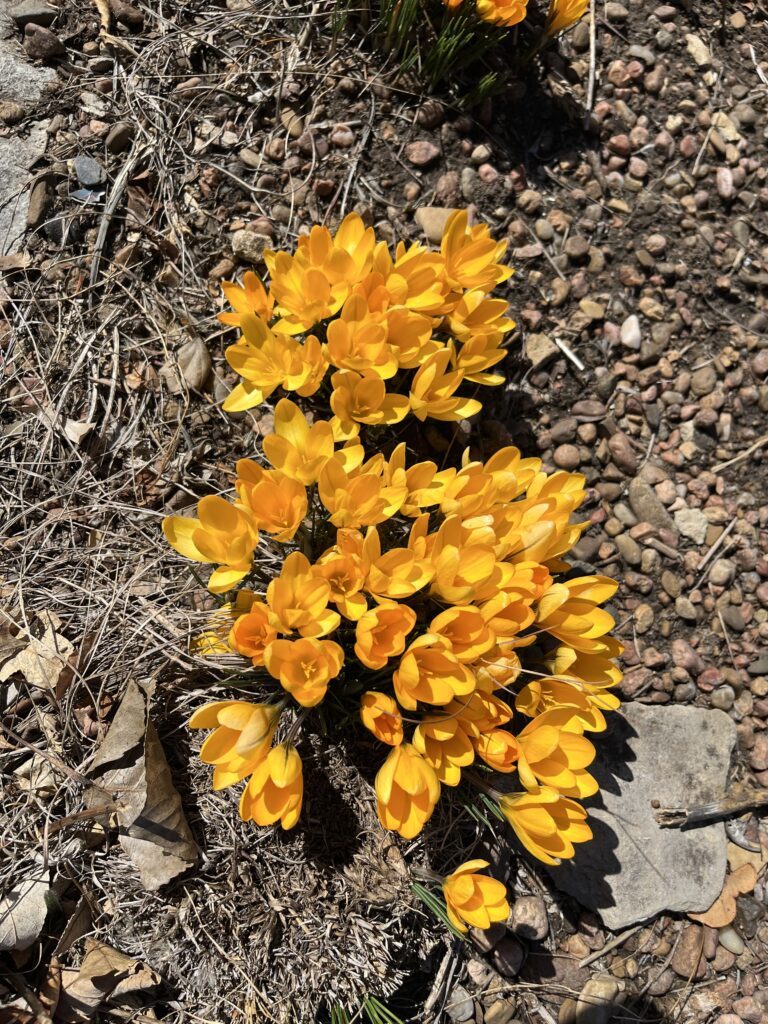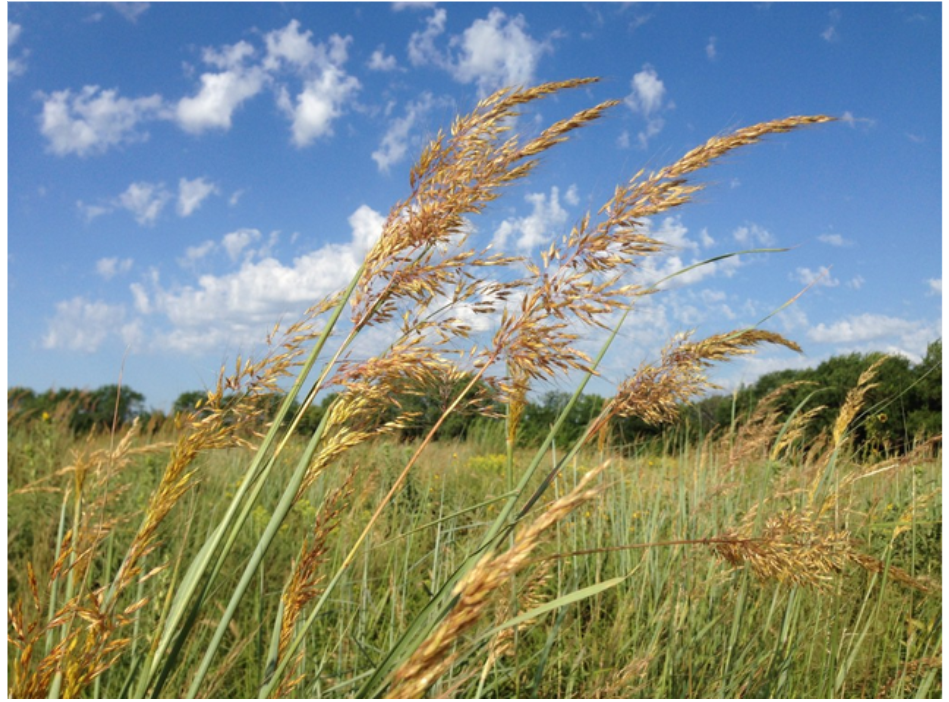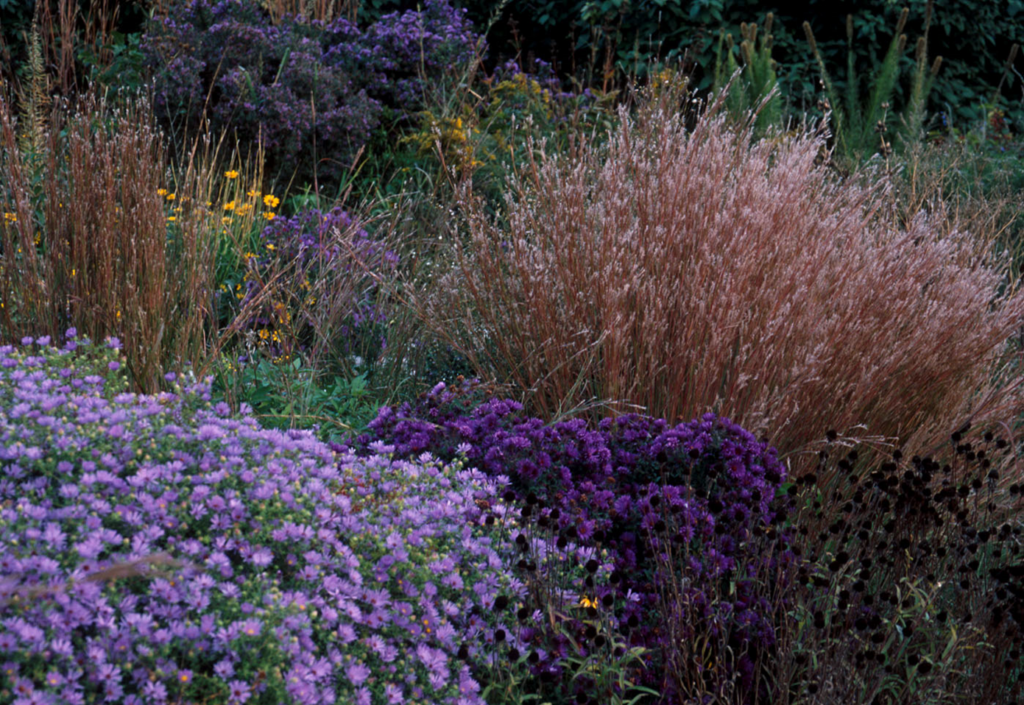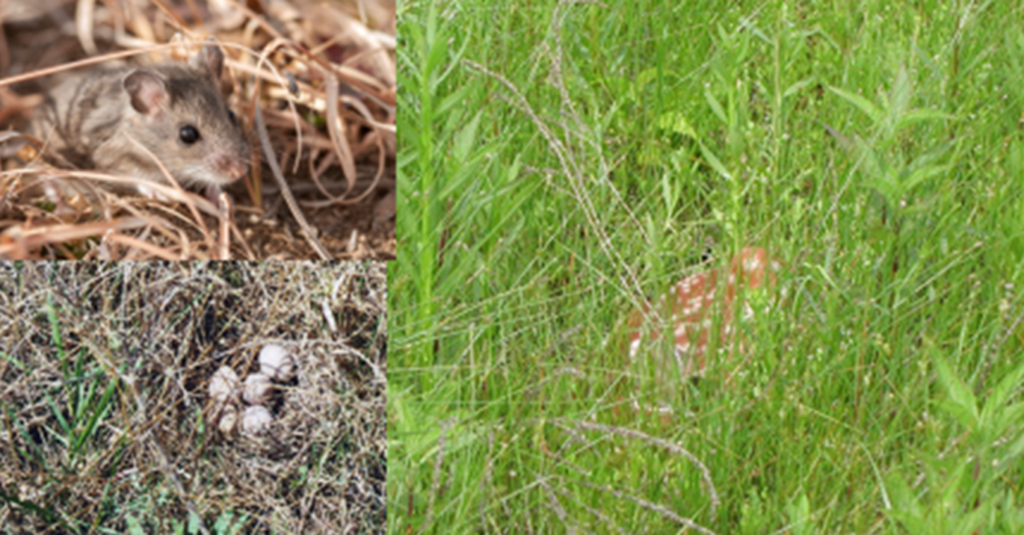Ten years ago, my spouse and I purchased our first home in Central Kansas. The backyard was dominated by a large American Elm tree that had miraculously, and with a lot of help from a local arborist, survived the bout of Dutch Elm Disease that had taken nearly all of the American Elms in town in the 1990s.
What this meant was that, like many Kansas homeowners, we had a large area of dry shade to contend with. Informed by my spouse’s childhood experiences growing up in the bush of South Sudan, we were not inclined to water our lawn just to maintain the status quo. So, the challenge was, how do we increase biodiversity in this backyard without using supplemental watering? We were stumped.
We tried a few things in the deep shade of the tree – transplanted spiderwort, river oats and columbine from a friend. And although these species hung in there pretty well, they certainly did not thrive. Ideally, they would have liked a little more sun and a lot more rain.
Here at the Arboretum, in our list of frequently asked questions at FloraKansas Native Plant Days events, “Which Kansas native plants will grow well in dry shade?” rises to the top. Unfortunately, the answer is “Hardly any.”
In a prairie ecosystem, trees will only flourish along creekbanks or near another water source. The garden condition “dry shade” is a human-created environment that simply does not exist in nature. For humans, and particularly for those of us who are relatively new to gardening with native plants, this is often a difficult reality to process and to accept.
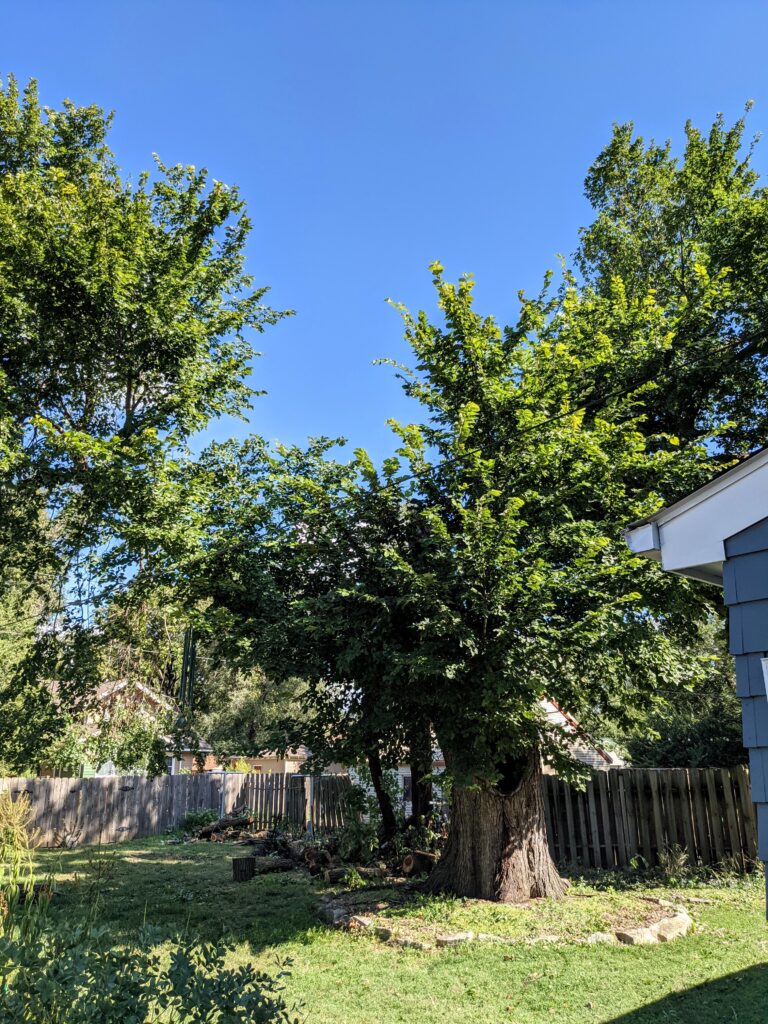
Another reality that was difficult for us to accept was that the elm tree was in an irreversible decline. The health of the tree had been compromised by an ice storm in 2007. Slowly over time, the rotting that had begun after that first injury made the elm more susceptible to being damaged again. As it became clear to us that this tree was in a death process, we focused our efforts on developing the front yard and enjoyed the shade while we could.
In the fall of 2021, we finally admitted to ourselves that the tree needed to be removed. We allowed ourselves a year to sit with the new reality of a full sun back yard. We left the stump and planted it with yarrow, little bluestem and soapwort. We have also contemplated growing mushrooms in the stump. Over time, we will watch the stump disintegrate and return to the earth. For now, it provides a lovely focal point.
In the raised rock garden beds surrounding the stump and along the south fence, we have filled in with plants that prefer well-drained soil, including butterfly milkweed, Missouri evening primrose, blue flax, soapwort, and several adaptable creeping groundcovers. Also, I couldn’t help but try my guilty pleasure plant that would prefer to be at higher elevations, pineleaf penstemon.
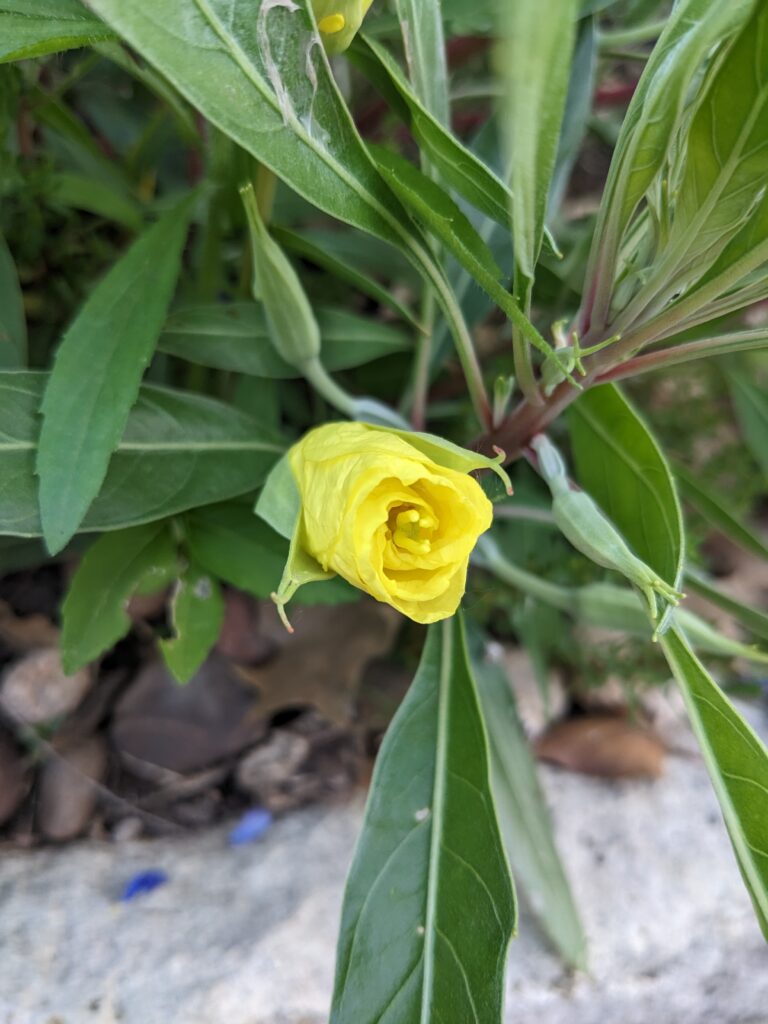
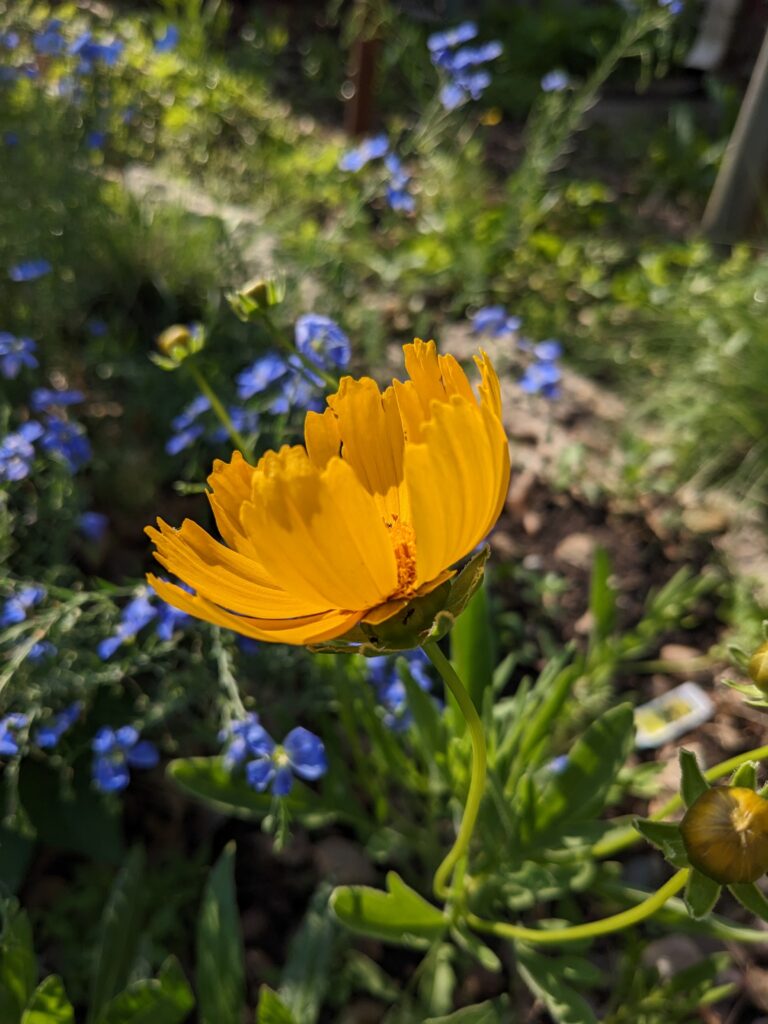
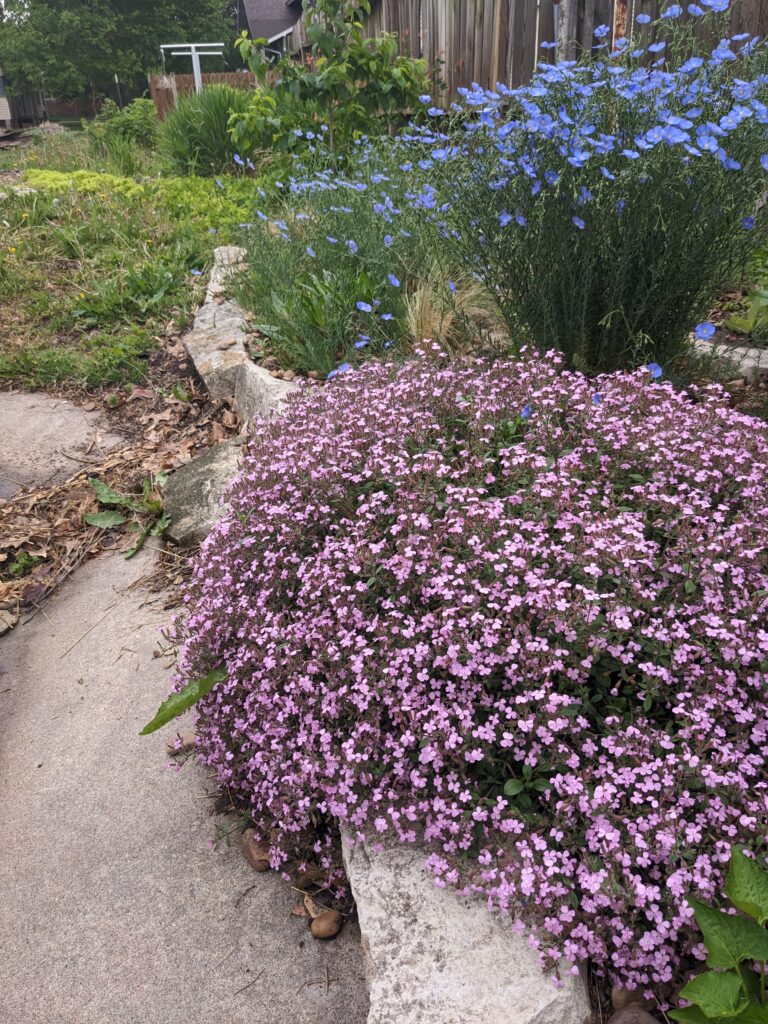
In a test area that was formerly in deep shade, we have seeded buffalograss and encouraged it to spread. In retrospect, I wish we had done this to the whole lawn area right away, because this spring, much of the former fescue lawn has mostly been populated by dandelions, wild lettuce, henbit, clover and spurge. Nevertheless, we are motivated to continue to populate the back yard with sun loving prairie plants.
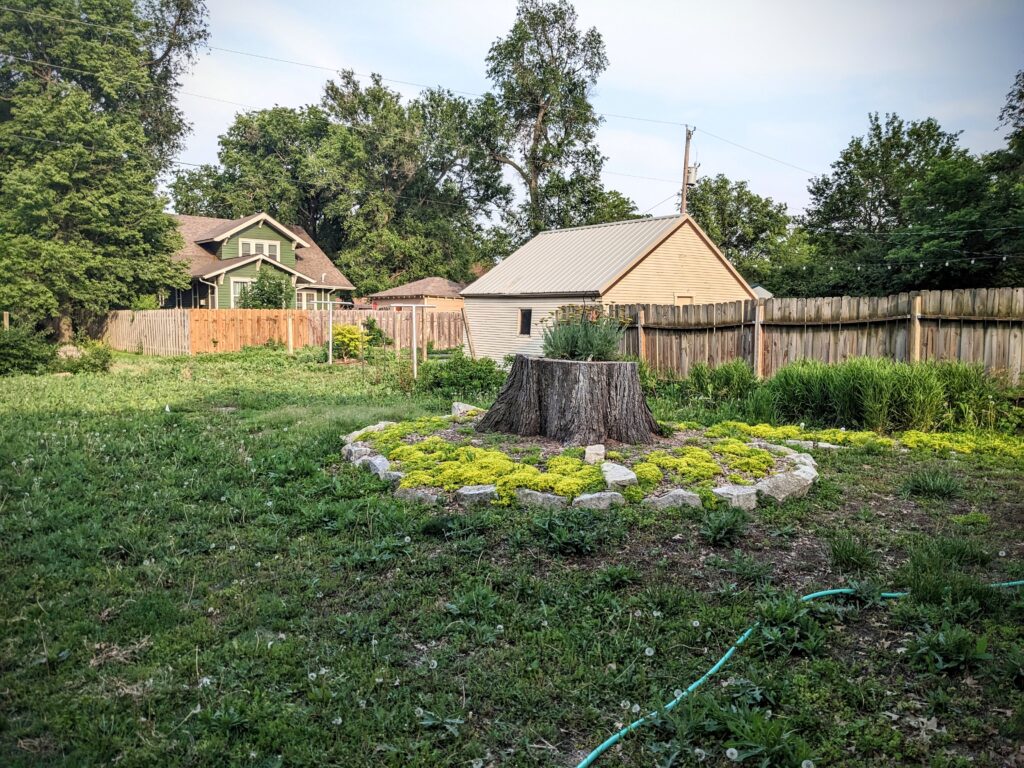
I know there are likely many things we could have done so much better. Do I have regrets? Definitely. Could we have saved that elm tree by trimming it every year? Probably. In stewarding this small piece of the land, we are far from perfect. But honestly, in this process, I’ve learned that the land is more forgiving than humans are, as long as you don’t try to bend it to your own will. If you listen and observe your garden, over time, it will tell you how it wants to be. It will allow you to make mistakes, and then correct them. It will teach you to view the cycle of life in new ways. And if you can hold back from trying to control it too much, you will be rewarded by new and unexpected discoveries on a daily basis.

